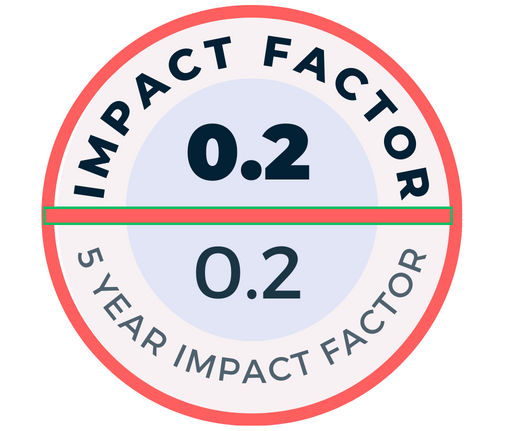Pleuroperitoneal leakage is a rare complication of peritoneal dialysis, emerging as a large, usually right-sided hydrothorax. It is caused by congenital weak points or defects in the diaphragm. The diagnosis is made by the detection of a transfer of dialysate to the pleural cavity by either a dye or contrast-enhanced dialysate. Treatment using peritoneal dialysis pause or pleurodesis is often ineffective, so persistent pleuroperitoneal leakage necessitates termination of peritoneal dialysis in a substantial proportion of the patients. However, video-assisted thoracoscopic surgery with the option of suturing or inserting a mesh is a promising treatment option, which allows for continuation of peritoneal dialysis. Starting with a case vignette, this review provides an overview on pleuroperitoneal leakage and discusses the recent advancements in the treatment of patients with pleuroperitoneal leakage.
Cite this article as: Artunç F. Pleuroperitoneal leakage – Is this the end of peritoneal dialysis? Turk J Nephrol. 2024;33(1):27-32.

.png)



.png)
